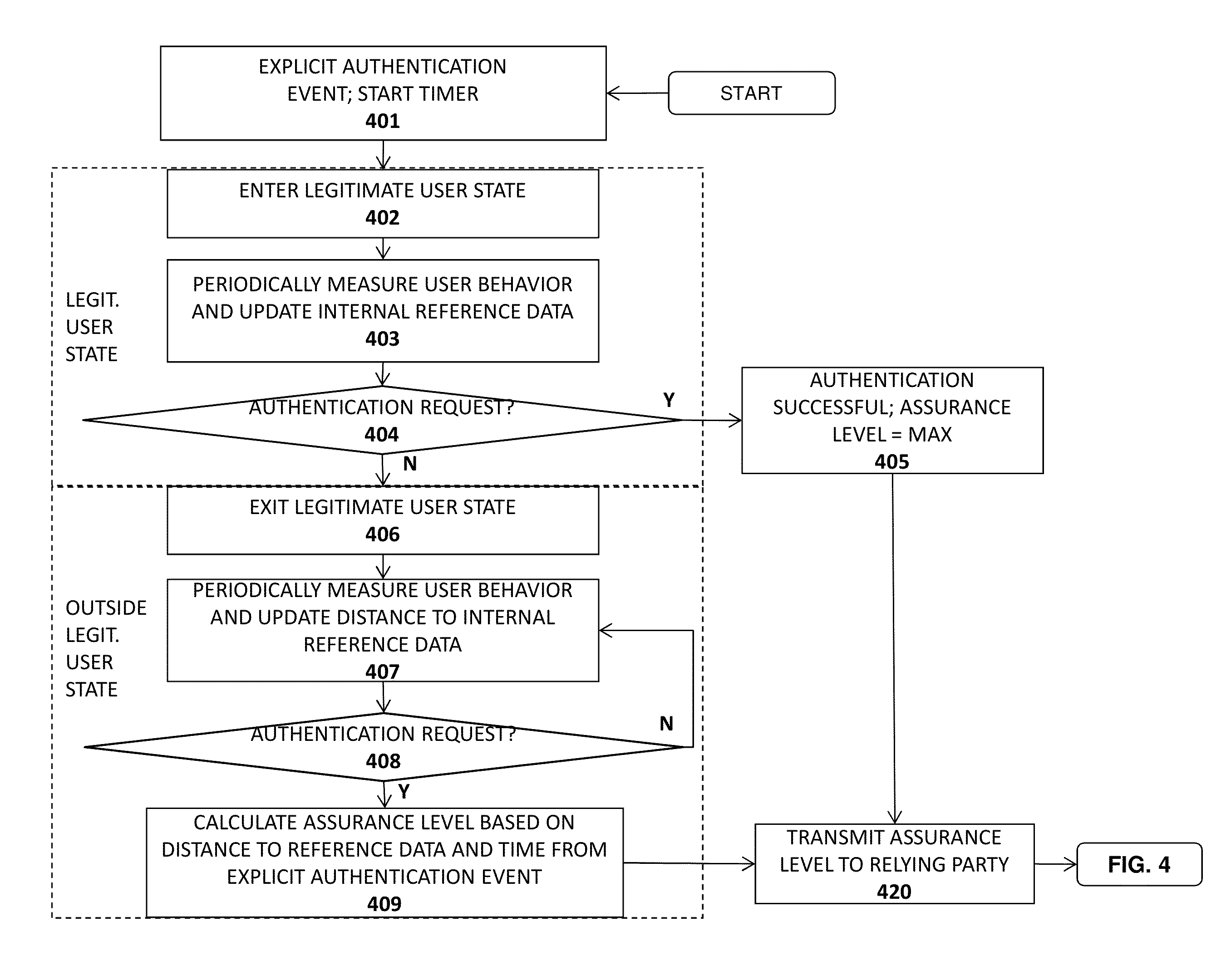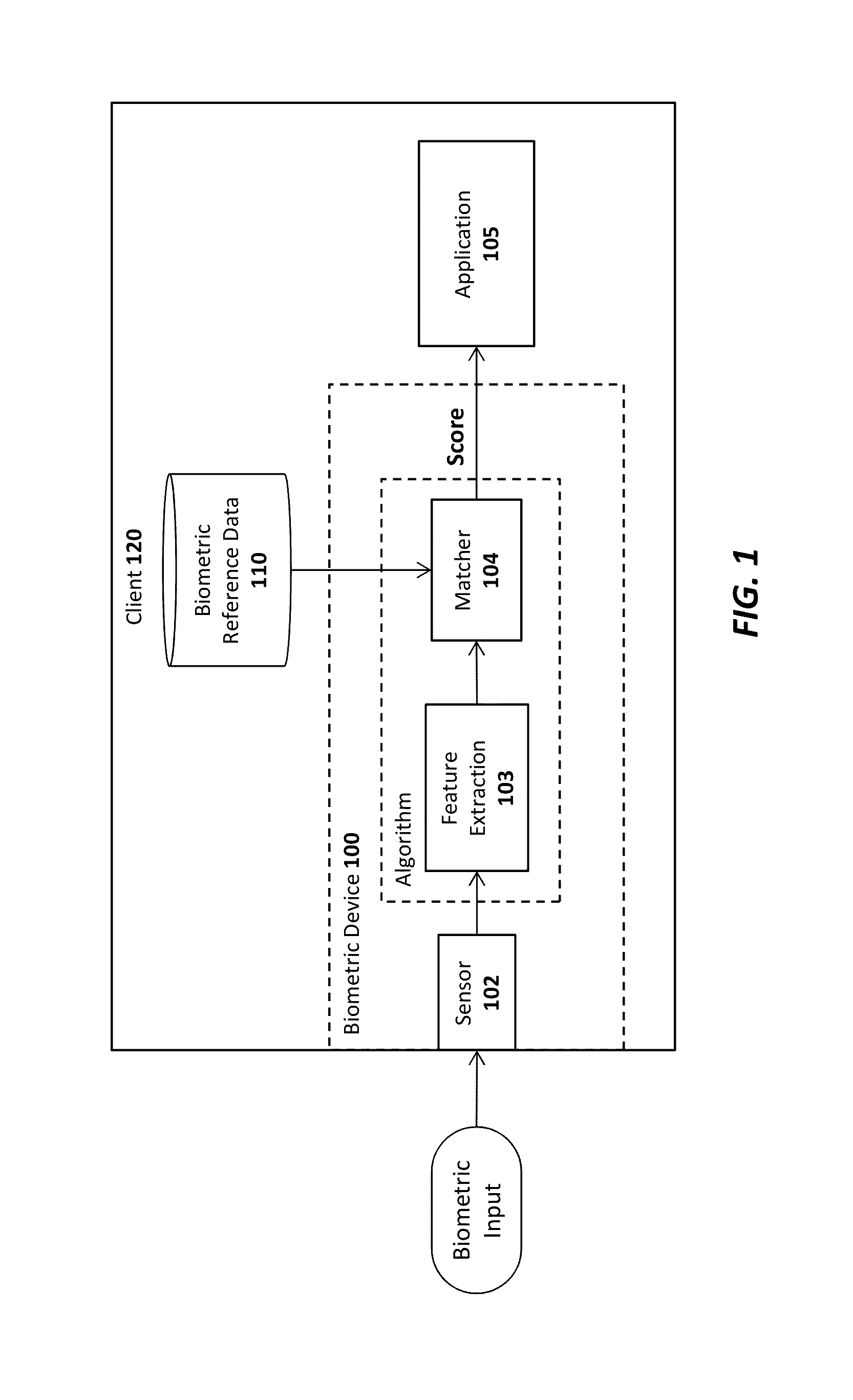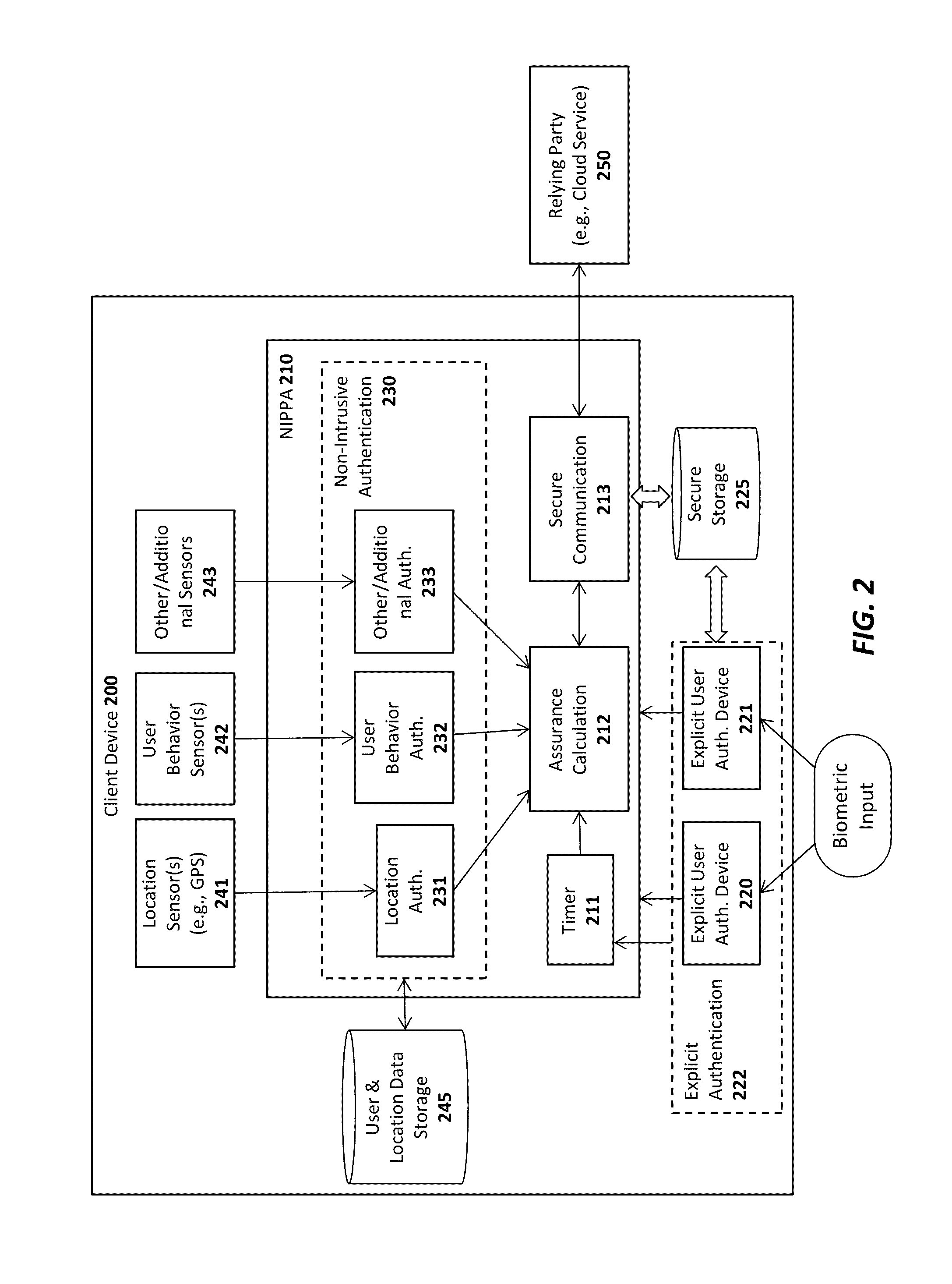Advanced authentication techniques and applications
a technology of advanced authentication and user authentication, applied in the field of data processing systems, can solve the problems of violating the privacy of users, relying on a third party to supplement the risk estimation, and sending a machine-id that does not provide enough certainty that the legitimate user is still in possession of the devi
- Summary
- Abstract
- Description
- Claims
- Application Information
AI Technical Summary
Benefits of technology
Problems solved by technology
Method used
Image
Examples
Embodiment Construction
[0089]Described below are embodiments of an apparatus, method, and machine-readable medium for implementing advanced authentication techniques and associated applications. Throughout the description, for the purposes of explanation, numerous specific details are set forth in order to provide a thorough understanding of the present invention. It will be apparent, however, to one skilled in the art that the present invention may be practiced without some of these specific details. In other instances, well-known structures and devices are not shown or are shown in a block diagram form to avoid obscuring the underlying principles of the present invention.
[0090]The embodiments of the invention discussed below involve client devices with authentication capabilities such as biometric devices or PIN entry. These devices are sometimes referred to herein as “tokens,”“authentication devices,” or “authenticators.” While certain embodiments focus on facial recognition hardware / software (e.g., a ...
PUM
 Login to View More
Login to View More Abstract
Description
Claims
Application Information
 Login to View More
Login to View More - R&D
- Intellectual Property
- Life Sciences
- Materials
- Tech Scout
- Unparalleled Data Quality
- Higher Quality Content
- 60% Fewer Hallucinations
Browse by: Latest US Patents, China's latest patents, Technical Efficacy Thesaurus, Application Domain, Technology Topic, Popular Technical Reports.
© 2025 PatSnap. All rights reserved.Legal|Privacy policy|Modern Slavery Act Transparency Statement|Sitemap|About US| Contact US: help@patsnap.com



